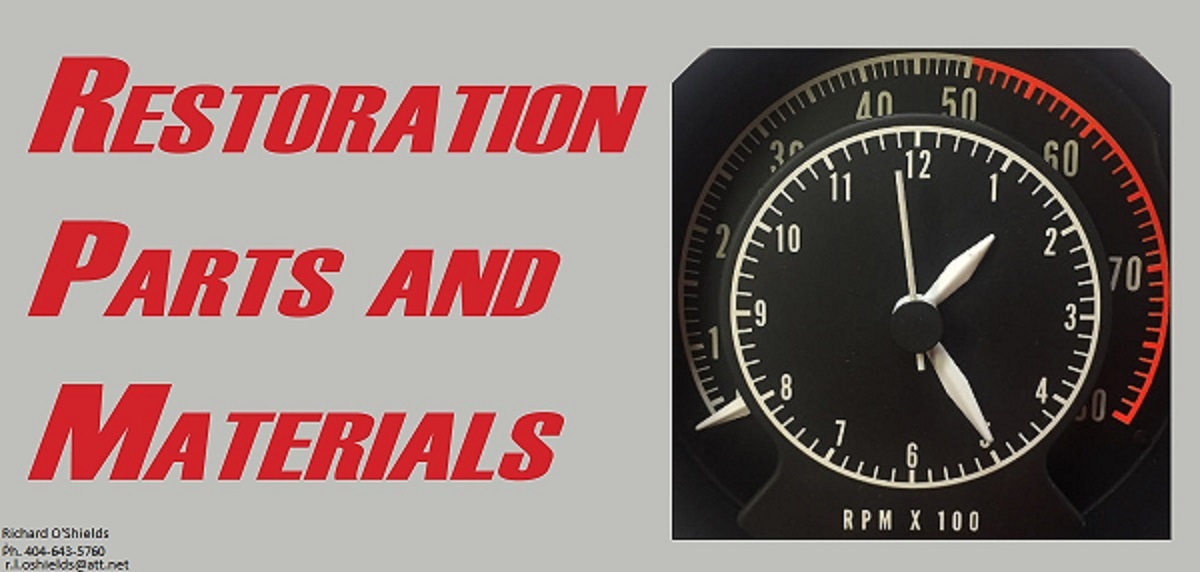You are using an out of date browser. It may not display this or other websites correctly.
You should upgrade or use an alternative browser.
You should upgrade or use an alternative browser.
Can I change the oil pump relief spring in the car?
- Thread starter furious70
- Start date
mikedrini
Well-Known Member
Not sure what engine you have, but I can on my 383 and 440.Can I get to the bolt and get the spring out and a new one back in with the pump on the engine? Obviously asking before I jack it up myself and have a look
Clutch Carnage
New Member
Remove the cover and do it on the bench. Get some 1/2 and 7/16 swivel sockets and extensions and remove the cover. Then put some green trans assembly goo on the o rings and the rotor to hold in place and reassemble. The pump housing will usually stay in place.
This is on my to-do list, and I think you can remove the endcap in place, but have not yet attacked it. I will use a simple washer inside the plug to increase spring relief pressure, and see what happens. I have only about 35 psi, and want a bit more.
This is on my to-do list, and I think you can remove the endcap in place, but have not yet attacked it. I will use a simple washer inside the plug to increase spring relief pressure, and see what happens. I have only about 35 psi, and want a bit more.
Is that 35 lbs. at idle or at 2000 RPM? If yer getting 35 lbs. at idle, that is mighty fine.
Mine rises with rpm but only 12psi hot idle. Standard pump. Old pump was leaking between adaptor and body and I couldn't find the right of rings without buying a $50 kit. But the psi was fine so want to try that spring in this pump
Blusmbl
Active Member
I’m not sure how much turbo hardware you have in the vicinity, but I changed the whole oil pump on my Imperial in my parents‘ driveway in 15* weather.
It wasn’t too terrible, you do have to remove both motor mount bolts and jack it up some, but I was able to get the pump assembly out- might be an option if you can’t get to just the relief spring end cap bolt with it in the car.
It wasn’t too terrible, you do have to remove both motor mount bolts and jack it up some, but I was able to get the pump assembly out- might be an option if you can’t get to just the relief spring end cap bolt with it in the car.
Two thoughts... First, always check with another gauge. The aftermarket pressure gauges aren't exactly what I call "precision" gauges and there's a ton of reasons why they might not be right.
Second, oil pressure problems can be, and usually are, something besides the pump spring. If I were to try that, I would just replace the entire pump and hope that's the problem. If I did replace the pump, it would be with the idea of "Oh well, I'll need one when I rebuild the engine anyway".
Second, oil pressure problems can be, and usually are, something besides the pump spring. If I were to try that, I would just replace the entire pump and hope that's the problem. If I did replace the pump, it would be with the idea of "Oh well, I'll need one when I rebuild the engine anyway".
Loadrunner
Active Member
Dont disagree, but yes, at idle but does not rise with revs. Am thinking that all is well except that the relief is opening as flow increases.....and would like a bit more.
Ususally it's nothing on a big block to take the oil pump relief spring cap off (why remove the pump?) and stick a washer in there and crank up the pressure a bit.
But there is a trade off.
Higher pressure on cold mornings can blow cheaper filters.
Old timers always said "high pressure oil pumps can wash bearings" whatever that means, it didn't sound good. Too much pressure.
Pressure is what happens when you stick your thumb on the end of a garden hose, pressure is restriction, and if your bearings are loose, you don't have enough, and even worse, excessive splash from loose rods squirting on cylinder walls can make the engine smoke.
Old oil = lower oil pressure.
Anyone who's had oil pressure gauges in lots of Mopars over the years will agree, much better pressure with fresh oil of the proper viscosity, conventional oil only please, no qualms with 20W-50 on old engines in the old days, using Valvoline, good oil, back then anyway.
I've got a new rebuilt 318 in one of the Loadrunners, and the instant it starts, boom, 75 psi. Tight bottom end. Goes does to about 35 psi @ idle, up to temp.
On old rigs with worn bottom ends, it's common to see as low as 5 psi @ idle up to temp.
The knock knock knock of an old engine at startup tells you everything you need to know, it's loose.
If you change oil, and the engine starts whisper quiet in those few seconds before the oil pressure comes up, it's in good shape "downstairs".
I actually time the seconds it takes for an engine to get oil pressure after an oil change, it tells me a lot.
3 seconds is good.
10 seconds of knocking is bad.
Loadrunner
Active Member
What's against the pump, post a picture?
Loadrunner
Active Member
You got to hand it to Chrysler with the external oil pump, pure genius.
@Loadrunner my complete apologies. Your comments in here made me try harder and I found a crescent wrench that fit. I now have 20-25psi more cold psi and we'll see how it goes at hot idle

Loadrunner
Active Member
Awesome ;[]
Similar threads
- Replies
- 14
- Views
- 839
- Replies
- 7
- Views
- 595
- Replies
- 41
- Views
- 2K
- Replies
- 9
- Views
- 501
- Replies
- 7
- Views
- 787
















